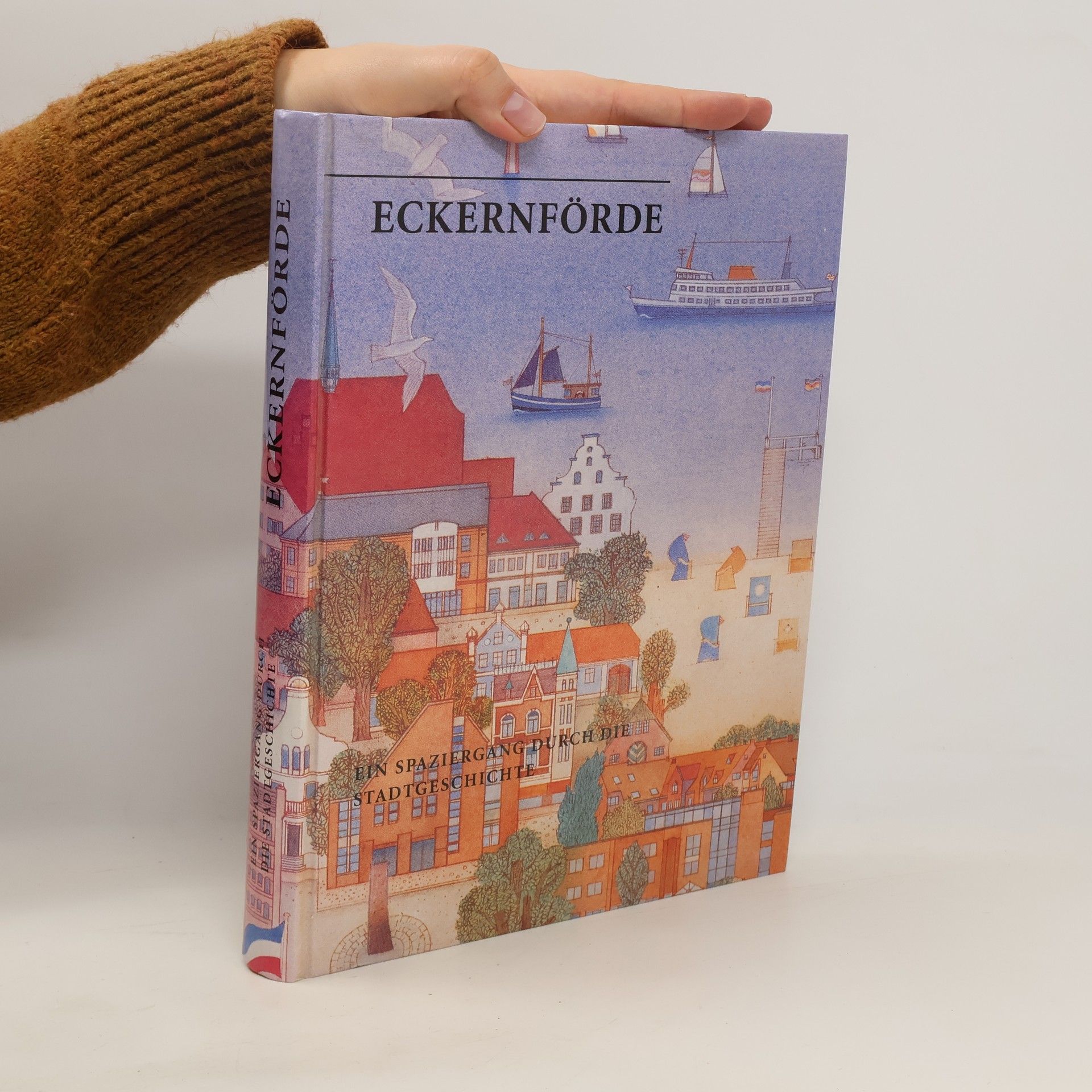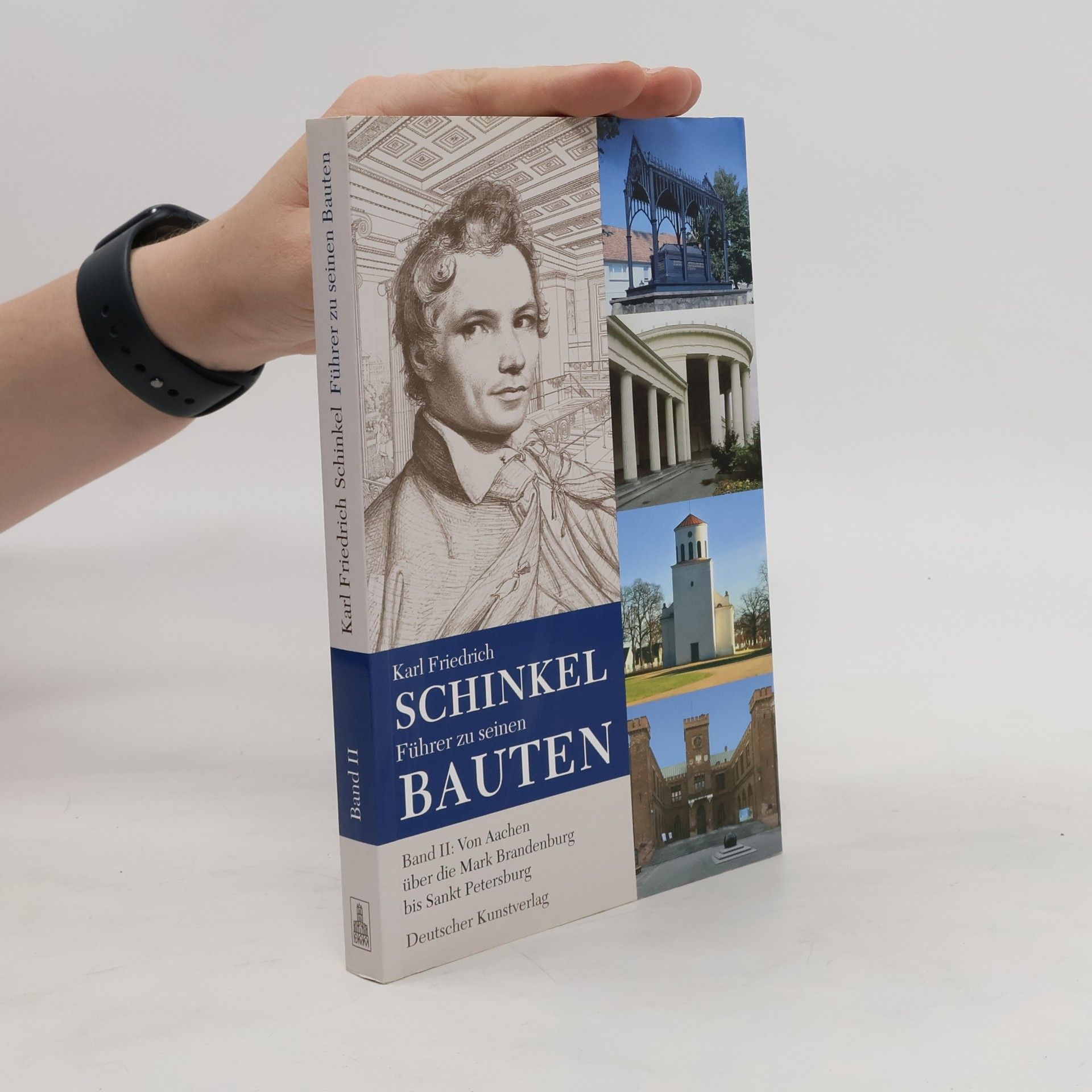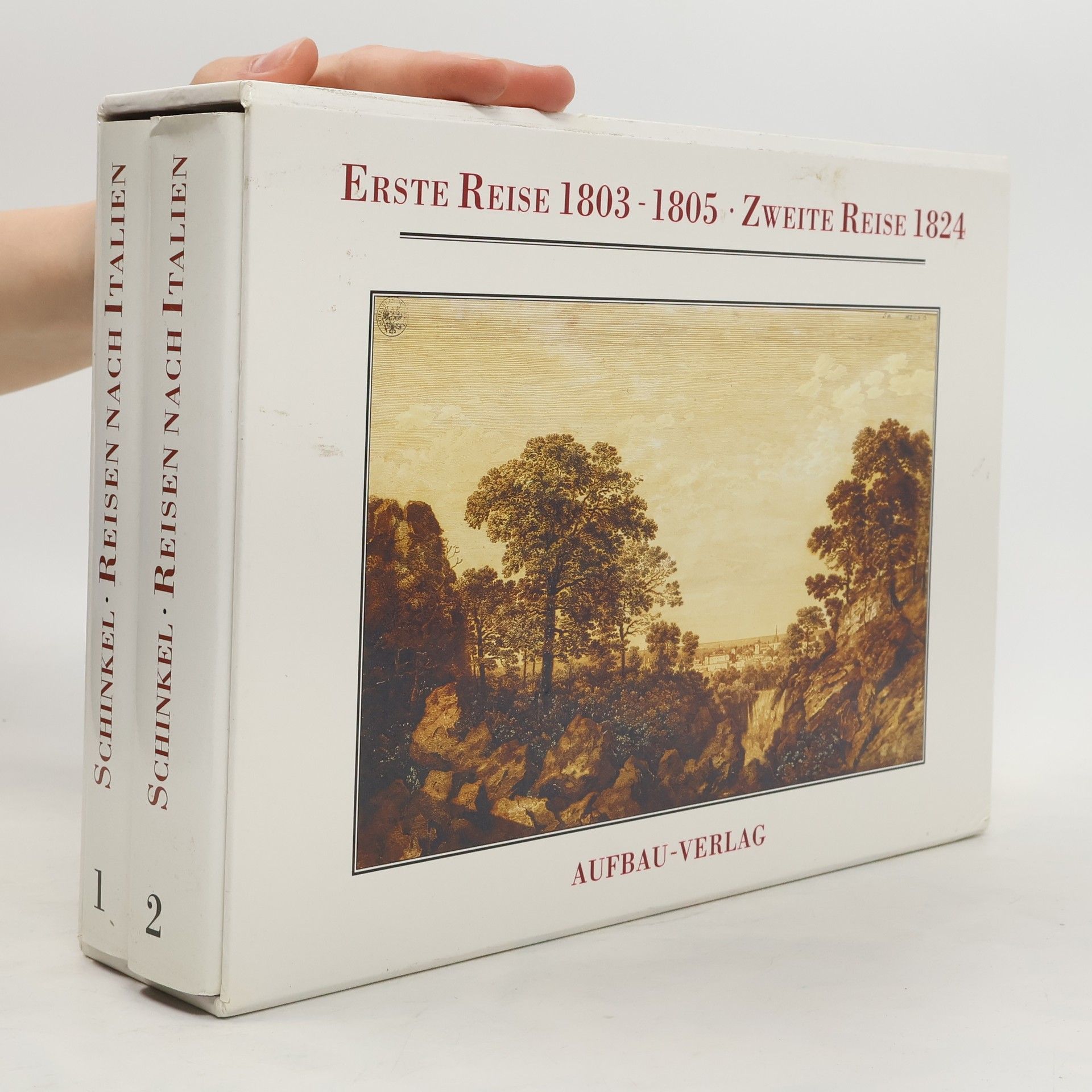Karl Friedrich Schinkel Poradie kníh



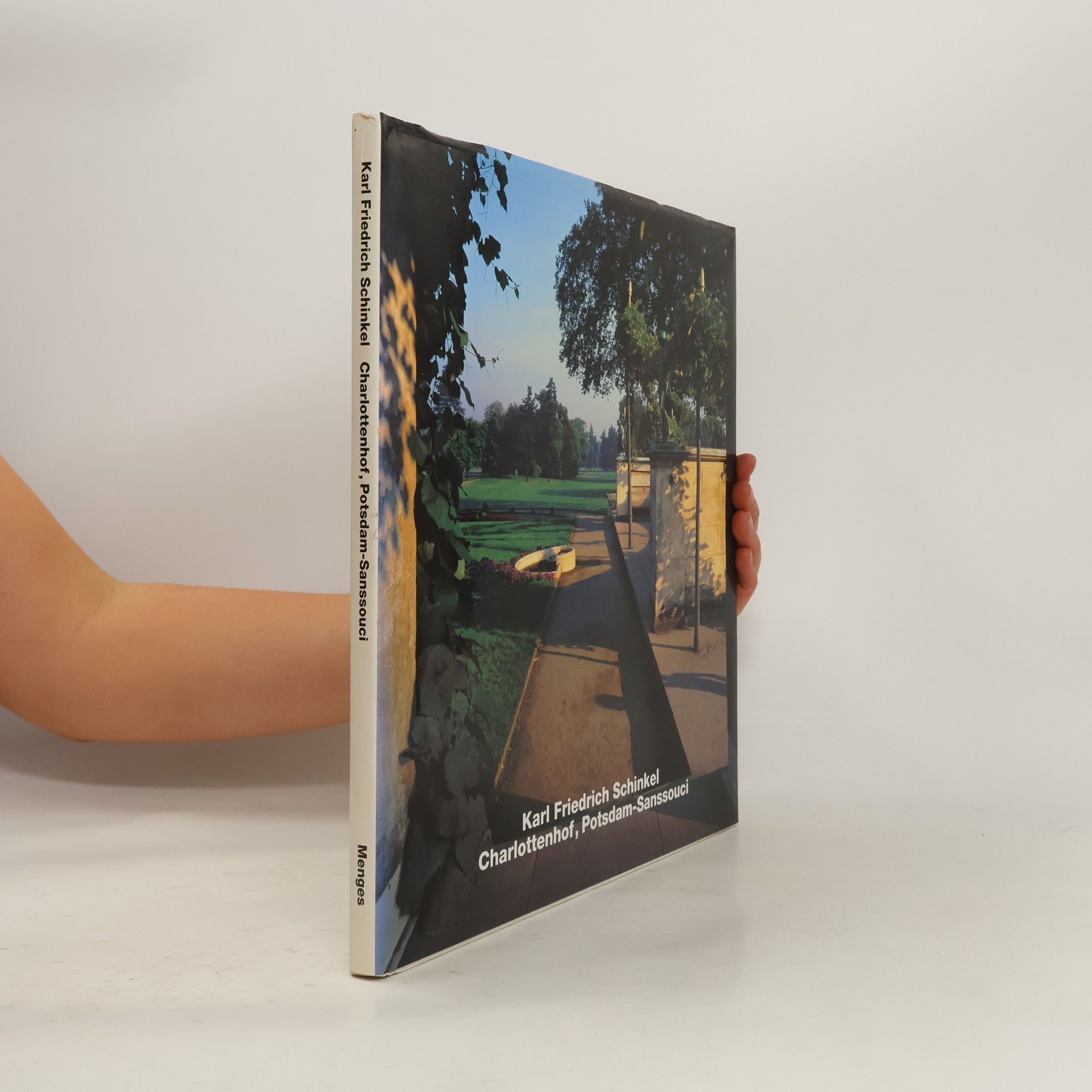
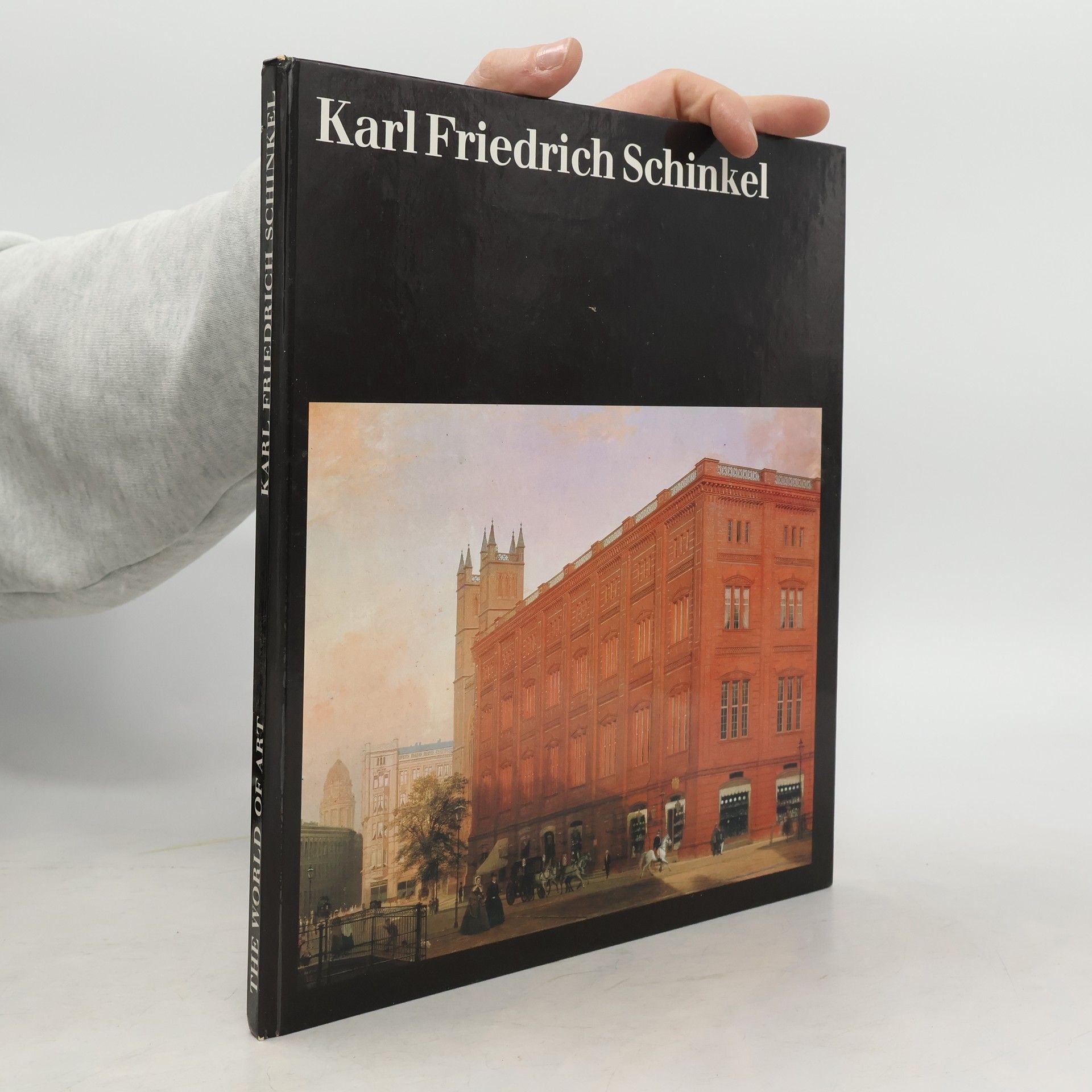

- 2018
- 2008
Führer Zu Seinen Bauten II.
Von Aachen bis Sankt Petersburg
- 2006
Führer zu seinen Bauten I
Berlin und Potsdam
- 2006
Karl Friedrich Schinkel II
Führer zu seinen Bauten
- 2003
Selon le principe de la collection, un survol rapide de la vie et de l'oeuvre qui donne à voir et à connaître l'essentiel du sujet. L'auteur situe bien l'artiste dans son époque et met en valeur son originalité. Une chronologie complète le volume. Les reproductions d'oeuvres sont nombreuses et bien choisies. [SDM]
- 2002
Karl Friedrich Schinkel - Möbel und Interieur
- 288 stránok
- 11 hodin čítania
- 2001
Karl Friedrich Schinkel. Aspekte seines Werks
- 336 stránok
- 12 hodin čítania
This is a collection of essays developed from lectures presented at Schinkel 2000, the Friends of Schinkel's first Triennal. Leading Schinkel scholars address a variety of topics, including Schinkel's influence on 20th-century architecture and urban planning.
- 1997
In 1825, the small farmstead in Sanssouci park was put up for sale, prompting Hofmarschall von Maltzahn to inform the King of Prussia that its acquisition would enhance the grounds. Peter Joseph Lenné quickly produced a garden plan for the Crown Prince, later King Friedrich Wilhelm IV. Lenné and architect Schinkel had previously collaborated in 1816, establishing a partnership likened to the renowned collaboration between John Nash and Humphry Repton. Construction of the palace, aligned with a strict garden axis, took place from 1826 to 1829, followed by the development of the Hofgärtnerhaus and its adjacent facilities, known as the 'Roman Baths', from 1829 to 1840. The Crown Prince actively participated in planning, contributing over 100 sketches and referring to Charlottenhof as 'my Siam', symbolizing a vision for a harmonious society. This site remains Schinkel’s only fully preserved work, enveloped by Lenné’s meticulously maintained landscape garden. Heinz Schönemann, as curator, oversaw the preservation of these historic sites until retirement. Architectural photographer Reinhard Görner, respected for interpreting architectural works, contributes to a series curated by Axel Menges, who selects titles based on quality and ensures each volume begins with an engaging, scholarly essay.

